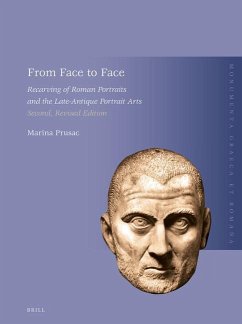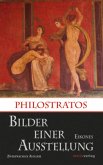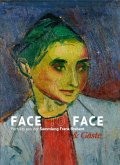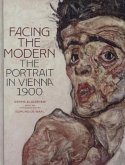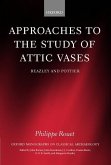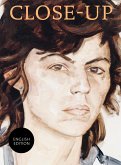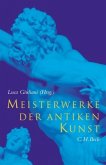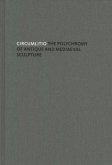This book is based on an investigation of more than 2000 portraits of which around 500 have proven to be recarved. It provides thorough analyses of the different recarving methods, some of which can be attributed to geographically localized workshops, establishing classifiable categories, and an analytical text with special regard to the cultural historical changes in Late Antiquity. The investigation underpins a hypothesis on the late antique portraits style as a consequence of the many recarved portraits at the time, which relied on a syncretism of politics, religion and ideology. The conclusion gives a new understanding of how broad-scoped, culturally and politically encoded and comprehensive the practice of recarving was.
Hinweis: Dieser Artikel kann nur an eine deutsche Lieferadresse ausgeliefert werden.
Hinweis: Dieser Artikel kann nur an eine deutsche Lieferadresse ausgeliefert werden.
"Perhaps the greatest significance of Prusac's work-aside from the immense task of amassing the material and publishing it to the benefit of students and other scholars-is the observation that certain technical constraints involved in recarving seem to have determined-at least in part-a primary characteristic of late-antique style, namely the generally stylized features, large eyes and upward gaze. The factors behind the change from one style to the other constitute one of the major questions to be addressed again and again in art history and classical archaeology, and here, certainly, Prusac makes a brave attempt to say something new. This aspect alone is enough for the author to be proud of her work." Rune Frederiksen, Bryn Mawr Classical Review 2018.02.11

